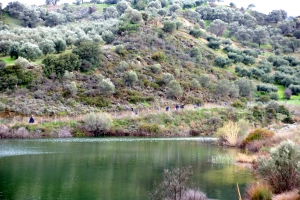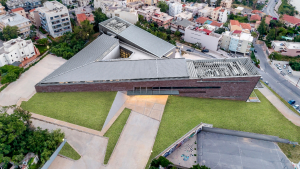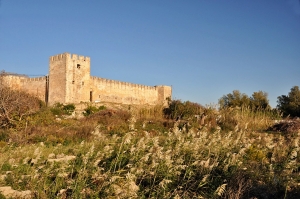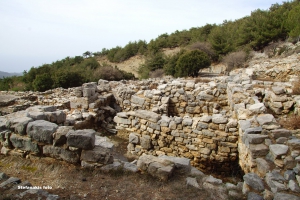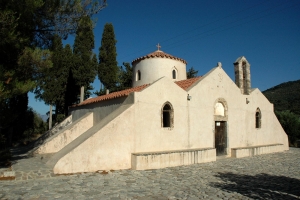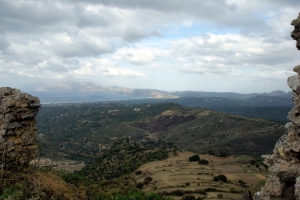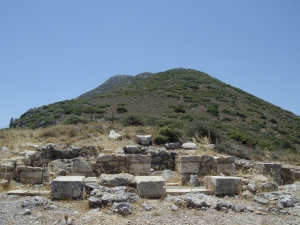The dam of Faneromeni is located 7km west of the village of Zaros and about 7km north of Tympaki. It is located in a scenic location, in a verdant valley at the southern foot of Psiloritis Mount. The artificial lake covers an area of approximately 1000 acres and has a capacity of 20 million cubic meters.
In the summer of 1798 the French Emperor Napoleon Bonaparte conducted his campaign against the Mamluks in Egypt to protect the French trade in the region and to block the access of the Brits in India. During his trip to the east it is said to have stayed for a night in a house in Ierapetra.
The Archaeological Museum of Chania is located in the historic district of Halepa in the city of Chania, in the former Hatzidakis camp.
Small, well-preserved, leaning on the edge of a desert plain of the Libyan Sea in Sfakia around the mountains, Fragokastelo unfolds even today the skein of history, a story full of memories and mysteries. The "castle of Drosoulites" was built by the Venetians in the period 1371-1374, aiming to protect them from Sfakians, who were led by the six brothers Patsis who constantly bothered occupiers, who could not complete the project.
The Peak Sanctuary that was dedicated to Hermes and Aphrodite is located at position Krya Vrissi, 5 km northeast of Kato Simi, and is the most important archaeological site in the province of Viannos.
One of the most popular Byzantine monuments in Crete (13th- 14th A.D.) is located in Logari, one kilometre east of Kritsa. This triple-nave Byzantine church is dedicated to the Assumption of the Virgin Mary, to Saint Anthony and Saint Anna. It is adorned with superb wall paintings on particular themes like the representation of Saint Anna, other icons of the saints, and the fourteen scenes depicting the secret life of the Virgin Mary.
The ports of Polirinia were Falassarna and Kissamos. It developed close trade relations with Sparta, Milos, Rhodes, Thiva, the coasts of Ionia and Egypt. Apart from trade, the town was apparently famous for livestock, as the name comes from the words “polla rinia” which means many lambs.
At position Anemospilia, on the north slopes of Mount Jiouchtas, the archeologists G. and E. Sakellarakis located in 1979 a small sanctuary of Minoan Crete that surprised the global archaeological community. This small sanctuary offered the first indication of human sacrifices in Minoan Crete.





